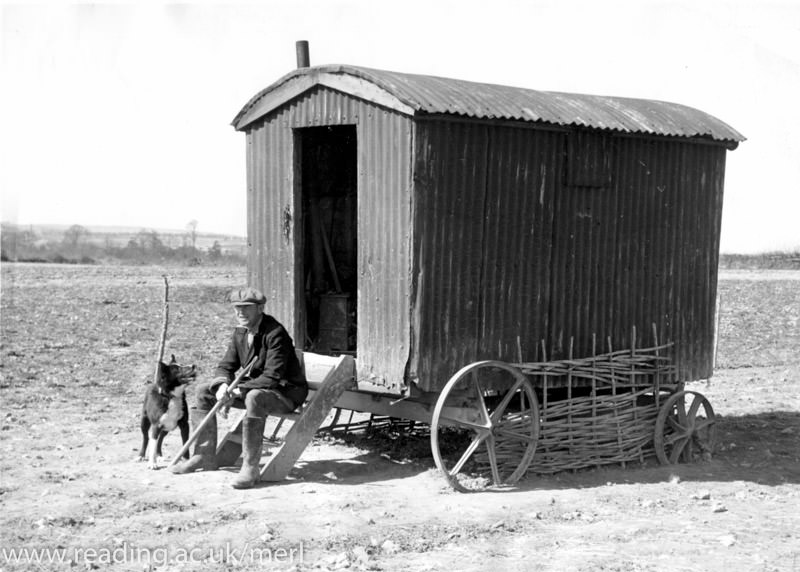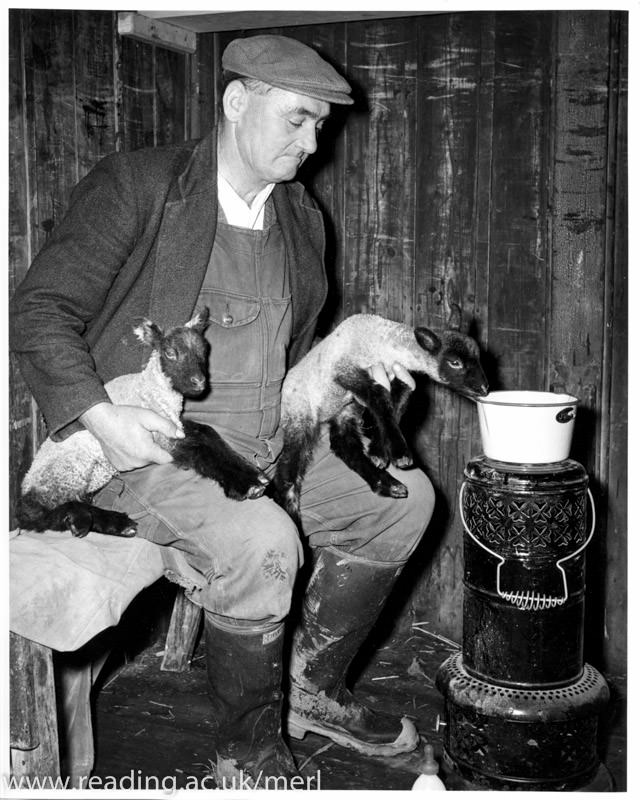 Generally considered to be an introduction of the mid-to late 1800s, the shepherd's hut would seem a typically Victorian solution to providing a convenient shelter for your herdsman...Prior to the invention and progressive use of corrugated steel sheeting dating from 1829, all huts were made of timber and organic materials with, maybe, a daubed coating of pitch or tar for weatherproofing... Evidence of shepherds' huts can be traced back to much earlier times. One reference to a wheeled hut being used for the direct purpose of shepherding dates surprisingly from around 1596.
Generally considered to be an introduction of the mid-to late 1800s, the shepherd's hut would seem a typically Victorian solution to providing a convenient shelter for your herdsman...Prior to the invention and progressive use of corrugated steel sheeting dating from 1829, all huts were made of timber and organic materials with, maybe, a daubed coating of pitch or tar for weatherproofing... Evidence of shepherds' huts can be traced back to much earlier times. One reference to a wheeled hut being used for the direct purpose of shepherding dates surprisingly from around 1596.
(Morris, D; Shepherds' Huts and Living Vans, Amberley press, p.8-10)
 In a broad sweeping band running from the eastern edge of Wales, across Gloucestershire, Wiltshire, Berkshire, Dorset, Hampshire, Sussex, Suffolk, Norfolk and up to Lincolnshire, the shepherd's hut has been a part of British sheep farming for generations.
In a broad sweeping band running from the eastern edge of Wales, across Gloucestershire, Wiltshire, Berkshire, Dorset, Hampshire, Sussex, Suffolk, Norfolk and up to Lincolnshire, the shepherd's hut has been a part of British sheep farming for generations.
On the larger open fields and downs of southern England, flock sizes could be substantially larger than in high-ground areas. With the progression of the Enclosure Acts, the move to more structured waged labour, and fully commercialised production of meat and wool by the mid-1800's, flock sizes on many farms could frequently be in excess of 1,000 sheep.
 For such vast flocks lambing was a particularly busy and critical period and a good shepherd's hut was crucial to ensuring a successful lambing season. So closely linked is the hut to this activity that shepherds or farmers in some districts refer to the huts as lambing vans.
For such vast flocks lambing was a particularly busy and critical period and a good shepherd's hut was crucial to ensuring a successful lambing season. So closely linked is the hut to this activity that shepherds or farmers in some districts refer to the huts as lambing vans.
(Morris, D; Shepherds' Huts and Living Vans, Amberley press, p.12)
*Images by kind permission of the Museum of English Rural Life, University of Reading



